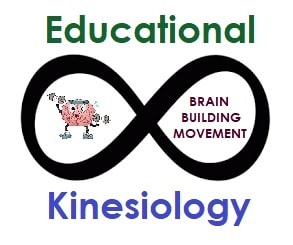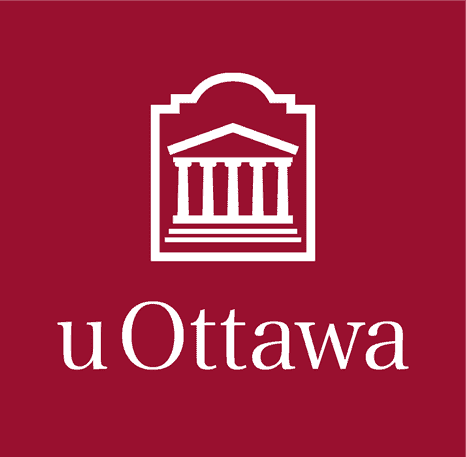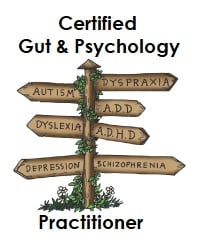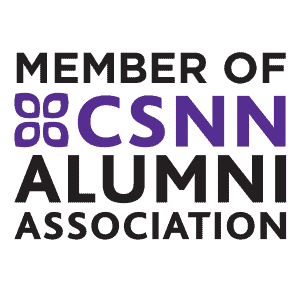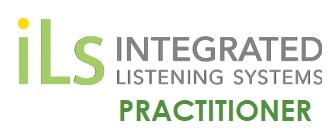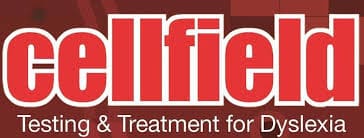Improve Your Child’s Reading by 2-3 Grade Levels in Just 4 Weeks…
…and Enjoy a Happier, Confident Child!
Improve Your Child’s Reading by 2-3 Grade Levels in Just 4 Weeks…
…and Enjoy a Happier, Confident Child!
As a teacher and in my practice I see moms every day who feel like they have tried EVERYTHING. From reading programs to tutoring to IEP’s–nothing seems to work and they feel like they are running out of options. Not only does their child hate reading and homework, they hate school altogether.
How COULD your child like school when they constantly feel like a failure because they see how far behind they are compared to their peers? They get teased and they feel ‘stupid’ or even call themselves ‘stupid’.
When their self-esteem takes a serious hit they lose confidence in their ability to do anything right and it’s terrifying for moms to watch this happen. They know their kid is smart; they see their talents better than anyone else. It’s just that a part of their intelligence is locked up. The kids I work with are smart in so many ways, but their reading glitch is blocking their ability to shine in school and believe in themselves.
You know that having a hard time reading can spiral out in so many other directions like behaviour issues in the classroom. Maybe that is already happening. As a mom you worry not only about what this means for your child’s schooling and future, but how that will affect them socially.
Is your frustration so bad at times that you want to give up altogether because nothing you try works anyway? Your child likely feels the same way. And no wonder they don’t want to try–up until now nothing has worked. Every time they try and fail it’s just more proof that they can’t do it, and they feel hopeless.
The Reading Rockstar Method is an integrated learning program that is scientifically proven to help your child improve their reading and ability to learn.
Our program brings slow readers up to speed and helps them to improve their comprehension and reading fluency.
We concentrate on brain-training exercises combined with optimally nourishing the brain to help your child overcome reading disorders and ultimately build confidence.
Your child will actually be WILLING to read and to take on new challenges!
In Private Schools Reading Disorders are Corrected – Not Managed or ‘Accomodated’ for Years on End
In private schools like the Barbara Arrowsmith Institute, children with reading difficulties are fortunate receive one-on-one cognitive therapies to develop and strengthen weak connections in their brain so they can actually overcome their reading struggles. (If you haven’t checked out Barbara Arrowsmith’s Ted Talk and explanation of why with all we know about neuroplasticity it’s absolutely criminal that learning disabilities are considered permanent.
Poor visual tracking, working memory, auditory processing and a phonemic deficit has been determined as the root cause of reading challenges. Reading therapies correct reading struggles through visual and auditory stimulation, so your child can read fluently.
Traditional Tutoring and Phonics Programs Can Produce Minimal Results
Learning to read does not have to be a grueling uphill battle every night. Repeating the same reading drills over and over will feel like torture for your child until the source of the problem is determined and corrected. Poor readers have weak connections in the brain and in the wrong places. In as little as six weeks these connections can be strengthened. After only three weeks, many children have a 50% reduction in letter reversals. A reading program is not the same as a reading therapy.
Dyslexia Might Have a Genetic Component – That Doesn’t Make it Permanent
Dr. Sally Shaywitz, director of the Yale Centre for Dyslexia and the leading dyslexia authority in the United States on dyslexia acknowledges the genetic component but insists there is absolutely no reason that a child cannot learn to read with the correct reading intervention.
The Brain Can Change
The brain can change and grow new neurons when stimulated correctly—and that’s what learning therapies do. They are movement and cognitive exercises that target specific areas of the brain.
Movement Occurs in the Same Area of the Brain as Learning
Learning therapies target areas of the brain that are weak and underdeveloped by stimulating the growth of new brain cells as well as new connections between brain cells. These therapies have been used for decades to help stroke victims recover their cognitive processes as well as individuals with head injuries and brain damage.
Food Provides the Building Blocks for Growth & Development
Without key nutrients your child’s brain can’t develop, process or function optimally.
→ Your child is not reading at the same level as their peers and they are struggling with any aspect of reading: decoding, phonics, reversals, reading comprehension or fluency.
→ Your child has received a diagnosis with few options in terms of real solutions and you’re concerned that IEP modifications are not going to help your child when it comes to reading in the real world.
→ There’s no diagnosis, but your mama instincts KNOW something is wrong and you’d rather invest your money in helping your child overcome reading challenges rather than diagnosing.
→ You’re a busy mom who doesn’t have time to ‘play teacher’ every night and you want a straight-forward approach so that your child can learn to read fluently, achieve the same reading level as their peers and experience the confidence that comes with achievement.
→You’re looking for a radically different approach to overcoming reading difficulties that goes beyond phonics. You want to get to the root of the problem and correct it.
That’s where I come in…
I have extensive training in the two most frequently over-looked sources of reading and learning difficulties: nutrition and learning therapies that change the brain.
Carter was a 12-year-old boy who was developmentally delayed, read at a kindergarten reading level, had severe reversals and hated schoolwork. I have to admit that I was skeptical; reading therapy was new to me at that point and I wasn’t sure how much this intervention could undo years of hard-wiring. In just two weeks, with the help of eye-tracking exercises, auditory re-training, and addressing nutritional deficiencies, Carter was already reversing letters 50% less and his parents remarked that his speech was clearer and they could now understand him better. Four months later, the school re-tested Carter; his mother showed me his IEP from the previous year and the new IEP which stated that he had gone up 15 reading levels. His mother no longer had to fight with him to read or do homework and his teachers reported that his confidence had increased, and had a much better attitude towards school.
Katie was an eight-year-old girl who was significantly behind her peers in her reading ability. She could read approximately 10 sight words and homework was a constant battle. Within weeks of addressing poor eye movement as well as weak phonemic awareness, she was no longer reversing letters and was motivated to do her exercises without prompting. In no time, Katie was able to retain phonic sounds, blend sounds together and even read entire sentences with no assistance. Reading became automatized in that she was able to sound out unfamiliar words by using the strategies she had learned in the program. Her reading comprehension improved because she was no longer putting all of her effort into decoding. By the end of the program Katie was reading fluently at four levels higher and homework is completed in 20 minutes instead of 60 minutes of battles and tears. Katie enjoys reading so much now that her mother actually had to tell her to put the reading away and go outside!
You will learn about how basic cognitive imbalances and instabilities are affecting your child’s daily behaviour, ability to learn, read, as well as their mood. Now that your child’s brain is nourished—the fun begins with learning therapy where you can witness your child transform into a star student!
You Get:
→ Screening for development of lower level brain development so that we can identify if under development may be a source of your child’s struggles and a plan on how best to improve or correct them.
→ Reading skills assessment to determine where there are areas of weakness.
→ Screening for auditory processing, phonemic awareness and eye tacking and teaming abilities.

→ 15 hours of AI computer-based Reading Therapy which focuses on retraining the auditory and visual systems in the brain.
→ Brain integration therapy exercises to develop weak lower brain levels, improve eye coordination, strengthens auditory processing and phonemic awareness so that phonic sounds and site words stick and blending sounds together is now easy.
→ Primitive Reflex and Brain-Balancing exercises & cards to improve left and right brain communication and re-organize the way the brain so that the root cause of reading difficulties is addressed and you’re not paying for years of tutoring (AKA- extra practice that doesn’t change the brain!)
→ Regular and FUN done-for-you workbook to help re-enforce what takes places during the reading therapy sessions to ensure weak connections are made strong.
Time Commitment? Four 60 minute sessions per week for 4 weeks with 15 minutes of movement therapy exercises three days a week.
ie.) Mon, Tues, Thurs & Sat – 60 minutes & Wed, Fri, Sun – 15 minutes
→ 10 weeks of access to online reading therapy and working memory exercises (130 minutes a week)
→ Dyslexia Accommodations (tips on easy ways to improve spelling and word retention)
→ Orton-Gillian Word Lists and Activities
→ Continuation of tiered exercises to improve brain development and organization
Time Commitment? Four 20 minute sessions a week and one 50 minute session.
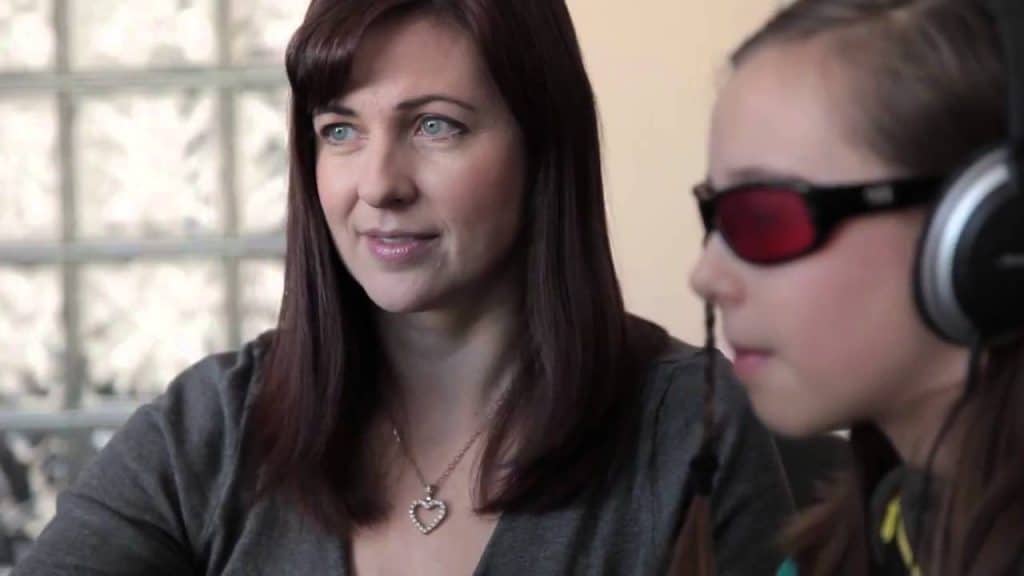
→ Nutritional deficiency assessment to identify if your child is lacking nutrients that are critical for eye coordination, memory, processing and overall brain function.
→ Assessment of organ system imbalances to determine how gut health may be impacting learning and how overall digestive function may be contributing to nutrient mal-absorption.
→ PDF of top brain foods and the main brain busters so that you better know what foods are triggering poor learning ability and behaviour and which foods help to improve learning and behaviour.
→ Step-by-Step Gut Healing & Elimination diet protocol to address food sensitivities that may be triggering inattentiveness, poor concentration and even letter reversals!
→ Individualized and specific supplement suggestions based on your child’s unique needs (if required) so that you can address deficiencies and heal the gut all of which affects brain function.

→ 1 year subscription to an online meal planner – more recipes than you can imagine (valued at $99)
→ 8 Week Sugar Intervention Detox Program (valued at $87)
→ Better Brains Meal Planner & Cookbook (valued at $27)
→ Your Best Brain & Body Health: A Science-Based & Holistic Approach to Improving Brain Health for Your Whole Family (valued at $35)
→ 1 Year online access to Raz-Plus Reading Library

Our 60 minute assessment can identify the functioning and development of various brain levels, areas of strength and weakness in the brain and body and how it is impacting your child’s learning and development.


Reading Disorders come in many forms and do not always fall under the diagnosis ‘dyslexia’. This misconception is why so many adults never learn to read fluently.
Your child does not need a diagnosis to begin the program. The program is designed to help those with any diagnosis or symptoms related to ADHD, autism spectrum, reading or learning delays, speech difficulties, expressive language challenges, sensory processing disorder, emotional regulation, ODD, anxiety and more. The research is irrefutable that the sooner children get the help they need–the better the results. Either way a diagnosis is irrelevant to the brain-body approach especially since many children often don’t meet all the criteria of a diagnosis and still struggle significantly with learning, reading or behaviour. Instead of labelling, the brain-body approach screens for underlying factors that contribute to learning and behaviour struggles such as nutrition, skipped milestones and poor brain organization.
Because this approach is not medical–the program is not covered under insurance policies. However, Registered Holistic Nutritionists are covered under several insurance companies so the portion of the program that involves nutritional consults may be covered. Although there are no guarantees, some parents are able to submit the receipts because they receive funding from the government for a child with an official diagnosis.
The brain-body approach looks beyond the limitations of labels and one-size-fits-all therapies. This program seeks to uncover and correct the root cause of why your child is struggling–and there’s almost always more than one! An individualized approach which integrates various therapies helps parents to achieve real solutions in nurturing their child’s full potential. Once the assessment is complete and imbalances and deficiencies are identified, a customized plan that combines multiple therapies to address your child’s unique needs is developed. This assessment and plan looks at your child as a whole–rather than from a perspective of a label or a diagnosis. The brain-body approach is based on the most recent knowledge and research in educational therapy and functional medicine. Targeted nutrition and learning therapies are the starting point in transforming many of the common childhood disorders that are rising in epidemic proportions among children today.
Many current therapies just look at learning or behaviour difficulties through one angle. By just looking at nutrition, or just looking at sensory-motor development there will likely be results, but they will not be as transformative as an approach that screens from multiple angles. My education and background in both educational and corrective therapies and functional holistic nutrition enables me to see the whole picture and put all of these solutions together into one simple, easy-to-follow program that can have life changing results with as little effort as twenty minutes a day.
Educational therapy is focused on correcting underlying learning or behaviour glitches so that your child can actually overcome limitations and experience real success. Educational therapists are trained in how the brain learns, where and why learning or behaviour challenges originate and how to help promote changes in brain organization, memory, reading, learning ability and overall processing. The problem with many reading and learning programs is that they do not address or resolve the underlying reasons for learning difficulties or behaviour challenges.
Traditional remedial learning and reading programs like tutoring often teach around the problem and create strategies to manage a disorder rather than correcting the source of the problem. Unfortunately, remedial learning may at times cause more damage by re-enforcing “˜faulty’ connections. The answer to improving your child’s abilities is not always “˜more practice’. Certainly practice makes perfect when the right connections are in place. Rigorous, rote learning may not only strengthen the wrong connections but it often leads to mental exhaustion, lack of motivation and even potential failure.
Educational therapists assess and screen where the weaknesses and underlying problems reside so that the correct therapies can be applied to create strong corrections. When the right connections are in place learning takes place more naturally and confidence and motivation soars. Tutoring is focused on extra practice and homework and can help to improve grade levels but tutoring benefits are short-term. Tutors are not trained in therapies that help to improve the way the brain processes, retains and stores information.
Yes. Connections in the brain are made strong throughout the six month program. As long as healthy nutrition, regular movement, and cognitive stimulation that is typically a part of every child’s daily life, is occurring, then the brain will not only maintain healthy connections but will continue to create new ones through ongoing learning and stimulation. When I follow-up with parents long after their child has completed the program, they often tell me their child is continuing to improve academically and socially. When the right connections are in place, the brain can’t help but continue to build and grow!
Reading therapy is different from tutoring or standard reading programs because it identifies why your child’s brain, eyes and auditory system is not processing sounds, symbols and phonics in the same way as children who learn to read without challenge as well why your child may have poor reading comprehension. Once the underlying factors are identified such as eye instabilities, weak auditory processing, poor core development then corrective therapies are applied so that your child can learn to read fluently without years of ongoing tutoring, accommodations and other tools to manage a disorder. Reading therapy is more focused on correction and then re-enforcement rather than practicing in a way that likely won’t work for your child because it hasn’t worked in the past.
Schools are currently overwhelmed with special needs students and insufficient funding, resources, and staff. Reading therapy is very individualized as there are multiple reasons for reading difficulties that requires one-on-one screening, assessments and therapies that the regular classroom teacher simply does not have time for and so is not trained in.
Indications there may be a reading disorder are:
Reading Rockstar incorporates the most widely researched methods for corrective reading. These methods are recognized and supported by internationally known leader in the science of how the brain reads and changes, and director at the Yale Centre for Learning, Dr. Sally Shaywitz, author of “Overcoming Dyslexia”. The therapies used in Reading Rockstar are also researched and supported by experts such as Dr. Phyllis Books, author or Reversing Dyslexia as well as Dr. Norman Doidge, international New York Times Best Selling author of The Brain that Changes Itself.
Reading Rockstar incorporates the Orton-Gillingham method, brain integration therapy, vision therapy (eye tracking, teaming and saccadic eye movement exercises), exercises that stimulate the auditory center in the brain, as well as primitive reflex integration. These exercises are used by Educational Therapists, Reading Therapists, Occupational Therapists and many other professionals in the field of learning and education. Reading Rockstar goes far beyond ‘extra practice’ and instead seeks to identify and correct the underlying and unique reason why your child is struggling with reading. One of the reading therapies that is used, the Cellfield Reading Intervention, has several studies to support its success with even cases of severe dyslexia. See below for more details.
Since working with Lorraine, my son has experienced a major reduction in his Asperger’s symptoms as well as relief from arthritis. He is less volatile and more happy.
Mike’s self-esteem and belief have lifted, he no longer considers himself stupid and he is feeling more socially competent and happy.
My son was 11 years old and was totally unable to read. Within three months moved up 15 reading levels. He is more confident at home and school.

